|
Heather, our intrepid designer, has fashioned an applicator that now allows for the treatment of the stifle area. We wanted to give you a sneak peak of what it looks like! Stay tuned for pictures of the applicator on one of her horses being treated!
0 Comments
There was a recent ruling for the Pegasus World Cup race coming up on January 27th.
The information came from the protocols issued for the security, medication and treatments allowed for the race. "Any shockwave therapy needs to be administered no later than 10 days prior to the Pegasus. The attending veterinarian will need to make an appointment with security and a report must be submitted to chief examining veterinarian within 24 hours. On race day, no treatments will be permitted, other than Lasix, for specifically designated horses." Let's just pull this apart and get to the real meaning. Because shockwave-type treatments have always had the reputation of masking injuries via an analgesic effect, they are frequently used to numb the nerves so a horse can't feel the pain or injury and race. Of course, this ignores the obvious, that more damage is being done and this is not in the long-term interest in the horses health. This is typically referred to by some trainers as "nerving" - mask and not cure. There are unethical trainers and owners who have, in the past, do treatments a day before a race. They do these treatments because they are analgesic - they could care less about rules, fairness or the horses health. It took us our first two years in business to help judges, veterinarians and officials that we simply do not have any analgesic component to our treatments. We only heal. Dogs, just like humans, are living longer, due to better medicine and diets. And just like humans, dogs are experiencing the same issues - pain, aches, inflammation.
On our development board is a K9 dog bed that would treat dogs when they lay down for a nap. We have had many anecdotes from our equine customers about how their dogs love being treated and they notice a difference in how they move and feel shortly after their treatments. Stay tuned for more news on our companion animal product! We recently caught up with Laura Cazares of New World Thoroughbreds to get a better idea of who she is and what she does. Laura discovered her love of horses when she was a child. She would read every book on horses as well as visit her friends to spend time with their horses. She visited a racetrack and fell in love with the whole world of racing horses, eventually landing a job as a hotwalker at a track, then moving on to be a groom. Eventually she got her license and started on the path to where she is today. Laura has a unique ability to bring out the best in her horses and she credits this to her connection with horses. "Every horse has a unique soul," Laura said. "And it's up to us to discover who they are." Laura understands that each horse has traveled a different path to get where they are and if you understand and relate to these background stories, you can bond with these unique animals. She also understands how physiological differences impact their performance and ability to train at different levels. "Some horses have certain mental issues that make them a bit more difficult to work with," Laura said. Laura had a very angry filly that took her over a year to reach and get her to trust and relax. "She now goes out and gives us 110% when she trains!" Laura understands that the most important aspect to her success is listening to her horses. They tell her what they are feeling and what they're willing to do. It's this open communication that is so thrilling and vital to success on the track. Laura has bonded and taught many horses in her life but this isn't a one way street. She knows that horses have taught her how to communicate better, listening first, then responding. In the end, horses are part of her life and she looks forward to continuing her journey with her ever growing family! To learn more about New World, visit their website at:
WWW.NEWWORLDTHOROUGHBREDS.COM Hard to believe it is now 2018. We're hoping that everyone had a safe holiday season and now it's time to get back to work.
We're hard at work here developing a couple of new products and we are looking forward to an awesome year filled with surprises. Can't release any details yet but we're quite excited! We'll keep everyone posted! As I've eluded to, we're designing a canine therapy product and I've been looking for guinea pigs. And right on cue, Pork Chop, our 8 year old English Bully is starting to show a little hitch in her giddy up - it's either her shoulder or elbow, but it's a little arthritic limp. If you aren't familiar with bulldogs, eight years old is long in the tooth. As an example, two of our other bullies passed at 8 and 8.5.
We decided to start treating her for just thirty minutes to see if we can notice a difference in a week or so. But before I tell you how she acted this morning, I'll tell you her morning routine for the last year as she's started to slow down. She usually wakes up between 5:30 - 6:00 a.m. We'll feed her, give her her medications and then she'll go find her dog bed or the couch and lay back down until it's time to go to work. This morning mostly the same. She woke up at 5:30 and I fed her, then jumped in the shower. After I turned the shower off, I heard growling, which is unusual. That's how Pork Chop plays - she's extremely verbal and sounds like she's mauling a Caribou when she's playing. At first I thought my wife was imitating her, which she does well. But it was Pork Chop, growling. A series of loud thumps followed and my wife told me that Lola (AKA PChop) had found a ball and had jumped up onto the bed and was demanding that someone play with her. She then, in her exhuberant state, pitched off of the side of the bed, jumped back up, then jumped off again. She was feeling pretty spirited. After that outburst, she sauntered back into the living room and waited to go to work. Perhaps coincidental that she behaved this way after her thirty minute inflammation treatment the night before. But based on my experience, it isn't coincidental. We'll continue with her once -a-night 30 minute treatment and see if she continues to maintain or improve her quality of life. Below is a representation of how she reacted to her treatment. From going to napping on her boyfriend pillow to playing way to early. We'll get updated pictures as we make it part of a routine to treat her. This last paragraph is really unnecessary but it gives me a chance to post gratuitous pictures of my daughter. Guilty as charged. Since Cytowave began healing horses over four years ago, their have been two constants with the feedback we receive. Do you have a Cytowave for dogs? And do you have Cytowave for humans?
Let's discuss the companion animal model first and we'll save the human product for a future discussion. Yes, we are currently developing a Cytowave companion animal product. We are weighing and studying all options and potential products - over the counter, beds and possible wearable technology that will ease the pain and soreness that so many older animals experience. This is only in the design phase at the moment but I can tell you the coils are extremely light, coming in at around 8 ozs. If you've used the equine product, you know how heavy the coils are. The good news is that whatever product we develop for the companion animals, we will most likely redesign the equine to a much more user friendly model. The coils will be extremely light, battery powered and much easier to use than the current iteration of equine product. Stay tuned for updates and if you have any observations or feedback, please feel free to us the contact form and tell us your thoughts! The playing field is quite crowded when it comes to PEMF devices. There is one consistent theme that runs through all of these companies and it is that most do not have any data supporting their results. Most everyone typically points to a NASA study, which is well and good. But as far as their product, nada.
We are no different. Sure, we have an initial 24-horse study that was done years ago. And then a confluence of events impacted our next steps. Because we were successful (sales) right out of the gate, R&D was the last thought on the leaderships mind. And of course, not being equine people and new to the industry, there wasn't any idea that research would be that important to the horse crowd. This simply showed a lack of understanding with the world of a veterinarian, which is understandable since no one had an equine or veterinarian background. So you take your lumps and you learn, hopefully. And yes, we have learned. The inventor of Cytowave is currently finalizing his newest technology, an app that will allow someone to see day-to-day results via a detailed 3D image of the injury. The app will digitize the information obtained from ultrasound scans and create an accurate 3D image that can be rotated to allow a better look at the injury and the healing taking place. Why is this valuable? One, this leap frogs the need for data - if you can't believe the results you are seeing in a detailed image, then we can't help you. Secondly, we don't have to euthanize any horses to do this research. Although we understand this old-school approach is how a lot of data is collected, we are now at the point were we don't have to do this. Good news for horses on both fronts - no sacrificing and quicker healing. I've discovered over the years that horse people are among the most innovative problem solvers and resourceful people that exist on this planet. If there is a work-around or a way to make some easier or more efficient, they usually lock on to it pretty quickly to overcome an issue. We get monthly pictures from our clients proudly showing us a simple and usually obvious ("What didn't I think of that!") solution to the short coming of our product design. One issue that we have, although rare, is that a horse may step on a boot cable and sever it. Granted, this has only happened a handful of times over four years but it is an ever-present possibility. One of our clients in Canada sent us pictures of a simple way to keep the cable off the ground and away from the immediate area of the horses feet. The focus has always been on keeping the cable away from the horses feet by attaching it to either the ceiling or along the side of the stall. Of course, one horse owner in Canada provided this extremely simple workaround in the form of a necklace.
Gone are the days when you have to rig up a system like this to treat the stifle area. Crude but effective. We're introducing a new back blanket design that will help in treating not only stifle, but the sides and shoulders as well. The new design has a twin line of velcro running down the midline and two on each side allowing you to move the dual pockets to where you want them.
One of the things that we can all agree upon is that horses are direct and to the point about what they want to do. Which brings us to a video shoot that we did with Heidi Degele and her horses. Lakota had enough of this interview and let us know in the most direct way he could - by taking the microphone. Literally.
I was disappointed that we could not hear Heidi's response but we do get to hear her wonderful laugh once the audio is restored. All in all, it was a wonderful time spent with Heidi and Emily, both dressage competitors and good sports! Heidi outtake from Cytowave on Vimeo.
Talk to any dressage competitor or trainer and they will tell you that back pain and soreness are big issues with performance. Heidi Degele of Heidi Degele Dressage knows this all too well and in fact, when that pain originates from a condition known as "Kissing Spines," it can have a big impact on how comfortable the horse is and how h/she performs. To a large extent, a successful career depends on being pain free..
Heidi began using Cytowave and from the moment she treated a horse's back and road him the next day, she understood the value and impact that Cytowave could have on her horses. Her horse moved differently under saddle and responded in ways that she had not experienced in quite some time. Flash forward to when one of her horses is diagnosed with kissing spine - you can watch Heidi discussing how well he fared with his Cytowave treatments. Do you live in Florida? Now that season has died do a bit and everyone can catch their breath, we'd like to make the following offer. If you live in Florida and are interested in learning more about Cytowave, we'll come out and do a free 30 minute back treatment! This gives us a chance to answer your questions, find out what issues you're dealing with and let you see first hand what effect Cytowave has on horses. Why only back issues? Generally leg issues involve tendon or ligaments, which are of course denser tissue. It typically takes a week or so for you to see and feel the difference with those injuries. Backs however, are a much different story. Most horses have sore backs or other issues that cause them discomfort in their back. Cytowave back treatments are very effective and many times you will see the horse react within five minutes of getting a treatment. They'll start licking and chewing and some have even nodded off. So that's the reason why we like to focus on showing you a unit while doing a back treatment. We've also heard from many users that the regular use of the 30 minute back program keeps their horses feeling good and injury free and many have reported that the leg issues they were dealing with have gone away after treating the back. Give us a call and if we can arrange for a representative to come out to your place, we'll make it happen! Click here to find out more about back treatments! After listening to you, our clients, we've developed a new back blanket that will provide much needed flexibility. The first iteration (image in the upper right corner) was functional but provide a limited, static position for the coils. The new design has detachable pockets which can be placed anywhere along the velcro that runs along either side. This means you can target an SI issue with one set of coils while a second set can be placed at the shoulders.
We donated a unit last year to the Kentucky Equine Humane Center and they've been healing lots of horses that could use a little pampering. I am told that Military Secret, a 10 year old gelding, loves his Cytowave treatments. From the look on his face, I'd say that is the case!
We like to do the right thing here at Cytowave. In late 2016, we donated a Cytowave unit to the Kentucky Equine Humane Center after reading about the awesome work they do. We knew Cytowave could help the abused horses that they take in so we sent them a unit.
We just saw an article in Bloodhorse that profiled the work they're doing and how it's working out with Cytowave. Hint: The horses are happy. You can read the BLOODHORSE MAGAZINE story and if you can, make a donation to help them out. They, like many other facilities out there to excellent work that more often than not goes unrecognized. And they need the help. Thanks for reading, If you aren't familiar with this organization, you should be.
Horses Healing Hearts is a 501c3 organization that serves a very specific demographic - children of alcoholics and addicts. They teach skills that not only help these children surive, but instill in them the belief that they can accomplish a great deal with their lives. Check out their Facebook page or go to their website http://www.horseshealingheartsusa.org/ to learn more. Please donate either time or money to help them to continue to grow and change lives. Polo professionals, like most equine competitors, really respect and value their horses, both as companions and competitors. Their horses have short periods of very intense activities, and as you can imagine, they will have the usual aches and pains that all athletes get.
We are now treating our first professional Polo Players horse, the first in what we suspect will be many. What we found interesting is how laid back and calm this horse was when compared to a thoroughbred. Yes, we know that all race horses aren't tempermental and prickly, but we have met a few. And then some. We're really looking forward to becoming a part of the wellness programs for the polo players horses. Cytowave is tailor made for the type of nagging injuries that these horses get, and once the polo crowd learns how well we work, the cat will be out of the proverbial bag! We should probably question why the cat was in a bag in the first place, but we'll save that for another post. We'll keep you updated on how successful the treatments are as we get information. Till then, have an awesome and safe holiday break everyone! Marcus continues his healing, storming back to activity after more than 8 months of being lame. From multiple and unidentified issues. Heather sent us the video below which shows him exercising and jumping - something that he has only done a few times prior to becoming lame. He looks like he's getting the hang of it! We've heard it so often that we don't question it and it's become part of the fabric of our mantra. Once you have scar tissue, it's there forever. We're hoping to prove that may not always be the case. The reason this has even come up is that it was brought to our attention that Monte (yes, that Monte), our original Cytowave rescue horse, had so many tears and scar tissues, they played with the idea of putting him down. But upon reviewing his scans after he was treated, it was noted that not only did he recovery quite nicely (he's barrel racing now), it appears that there is something else going on with this legs. We're hoping this year to really be able to research EXACTLY what and how Cytowave heals and to what extent we actually create new tissue (instead of scarring) is formed, as several veterinarians have suggested. Stay tuned.
 We've written about Marcus before and what a tough road he's traveled. As a refresher, Marcus had a number of issues, the least of which was osteophyte formation in his joints. After nine weeks of Cytowave treatments (fracture/bone treatment program), this is what Marcus's veterinarian had to say on her report: "There appears to be differences in both the left and right SI joint spaces from July to September. There is mineralization in the left jt on the Sept. exam which was not present (or not seen) in July. The right jt had a large mineralization (osteophyte) in July, which is not readily visible in the Sept exam and the joint space appears more normal on the Sept. exam compared to the July images." UPDATE: Heather sent us an email and informed us that Marcus is doing well and that he has started jump training. This coming from someone who a number of months ago thought she was going to have to put her horse down. Heather said, "I am happy that I have my horse back and training better than ever!" A study published in March titled "Serum muscle-derived enzymes response during show jumping competition in horses" illustrates why it is important to be proactive in taking care of your athletes.
The conclusion of the study, which probably doesn't come as much of a surprise, is that a 5 day recovery period between consecutive competition weekends is insufficient to allow the muscles to recover and avoid any increased chances of potential stress. We've discussed in the past the problem of increased heat after a workout leading, if untreated, to potential micro tears which lead to tears and fractures. This study reveals the chemical changes that go on before and after a workout. It's a bit dense, but worth a read. In the future, we're hoping to fund a study that will show what chemical changes occur after you treat a horse with Cytowave. That's when we can show that Cyotwave is stimulating the increase of nitric oxide, which in turns triggers an acceleration of a body's own anti-inflammatory and healing responses. It's a given that, as a horse owner, your horse will be injured during its lifetime. If you and your horse are athletes, then you will definitely become intimately familiar with many of the available modalities out there for treating sprains, tears and other injuries.
The first step, of course, is to diagnose the injury. From there the veterinarian can recommend a treatment so you and your horse can return to the track. Fortunately, Cytowave is also an extremely effective treatment for most types of injuries. If there is inflammation, there will ultimately be an injury. Cytowave can reduce inflammation and the pain that so often accompanies it. In this manner, we are very good at preventing injuries since inflammation is generally a precursor to micro tears which lead to more severe injuries if left unaddressed. One comment which we frequently hear from our customers is that they actually save time and money by using Cytowave because they can discontinue using some of the other modalities. Since Cytowave appears to heal a broader range of injuries and actually heals them (no masking!) permanently, there are no monthly or weekly visits to treat a horse as a temporary treatment in the hope that the horse will heal. In fact, in one of our most stubborn cases, we had a 24 year old horse (not the best patient in terms of rapid healing) that had a tear that covered 75% of her suspensory. Yes, I admit that we almost gave up on this one but after ten weeks, we finally got the old girl back to her old routine. That was a very tough case but we healed her. Normally, her treatments would have been a number of modalities stretched out over the year and maybe then, there would be progress. Cytowave works quite well with other treatments and the sum total of the healing is generally much greater than the individual parts. But overall, you will find that Cytowave can become your one-trick pony to heal and maintain your horses health. If you're considering using us for the first time, give us a call and we will answer any questions you may have! |
Archives
February 2018
Categories
All
|




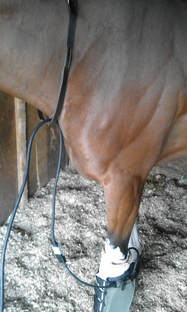





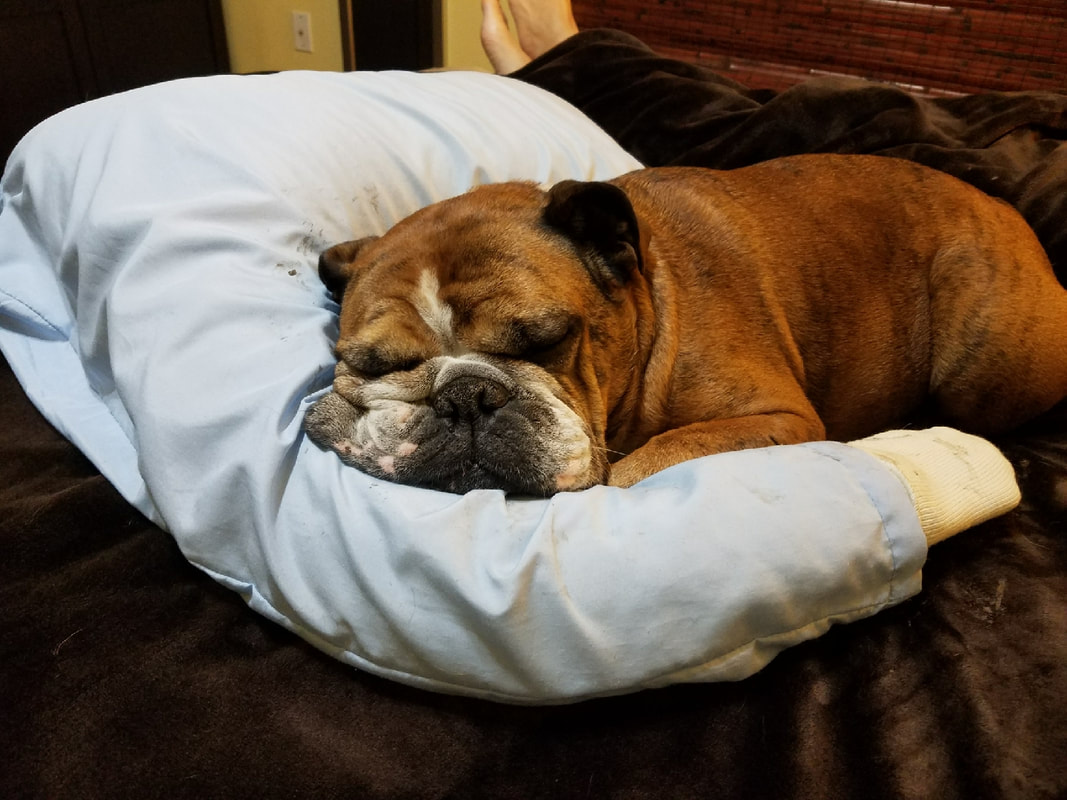

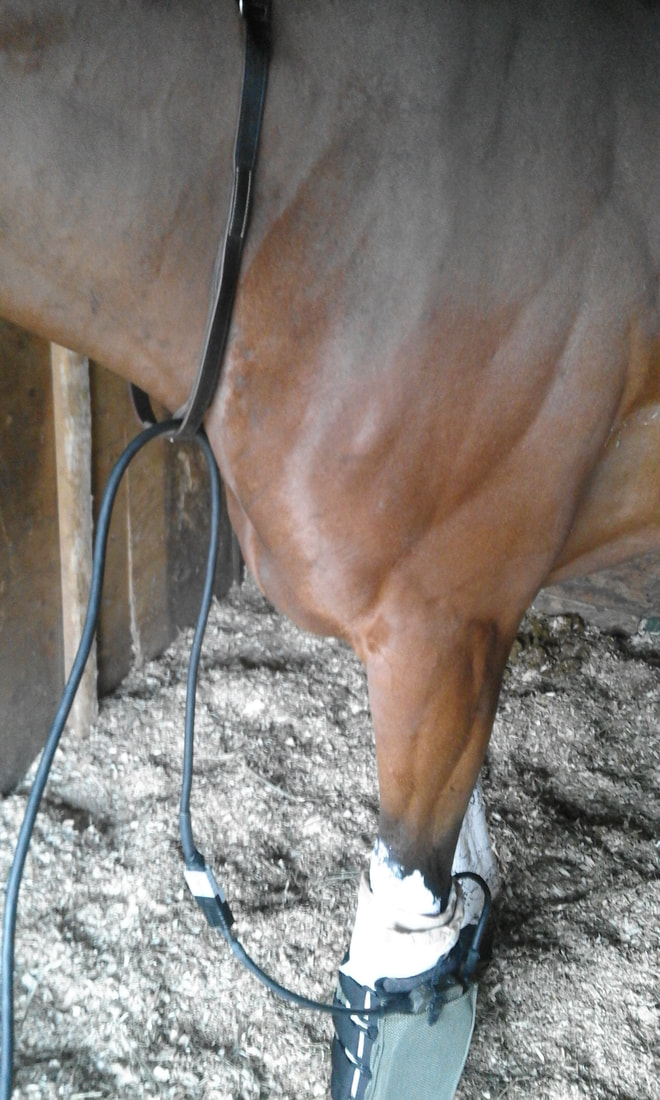



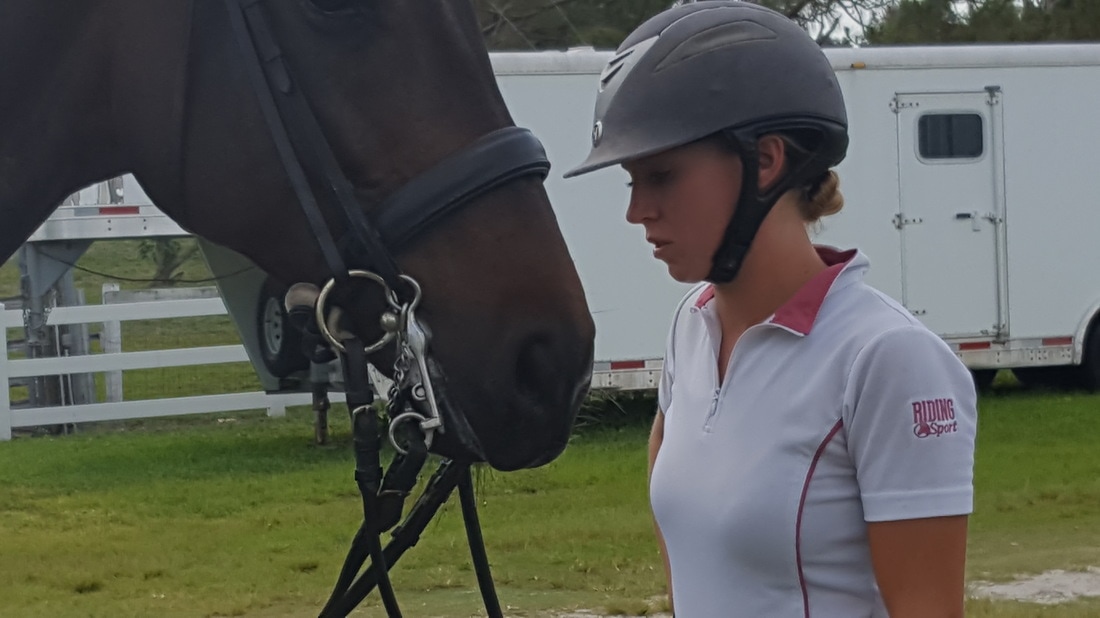









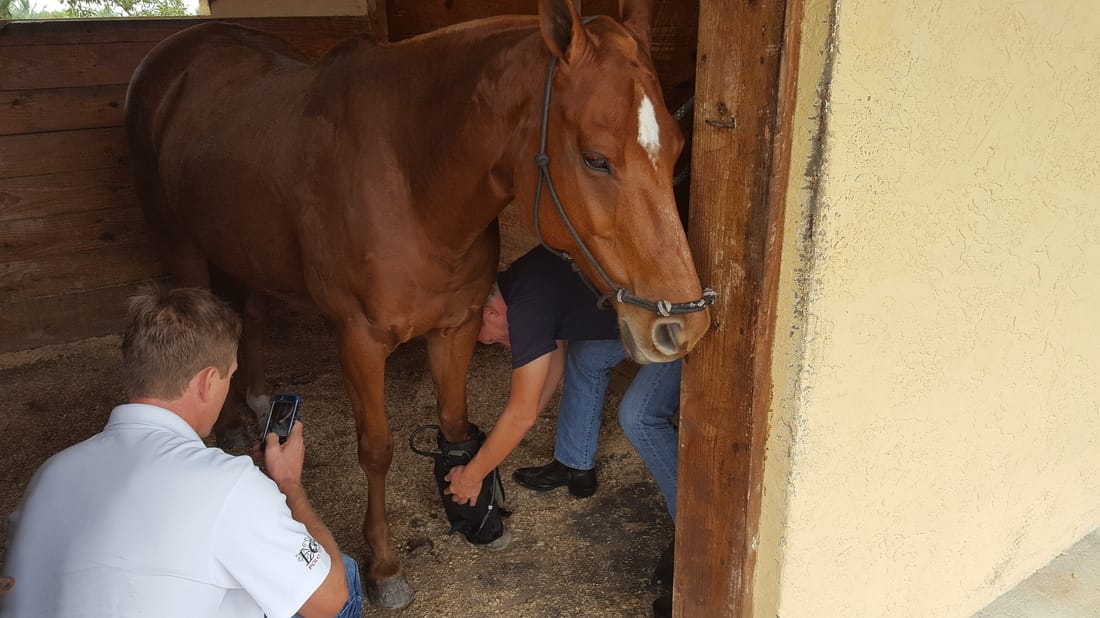
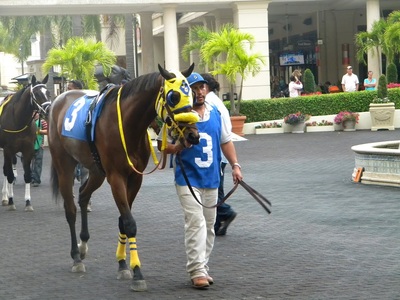
 RSS Feed
RSS Feed
